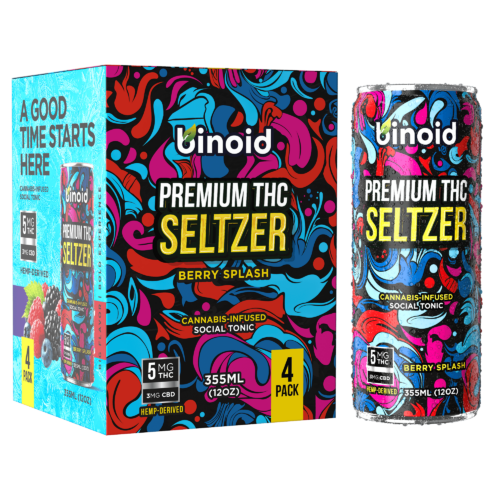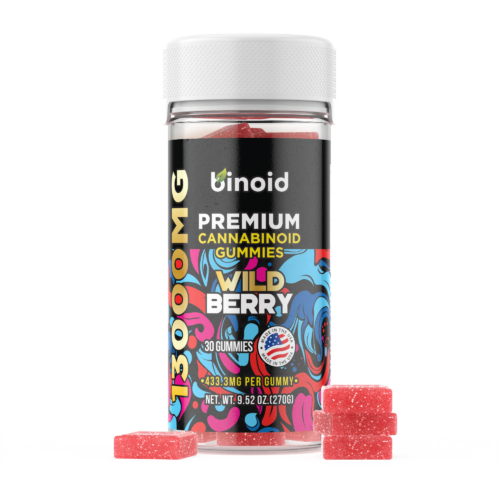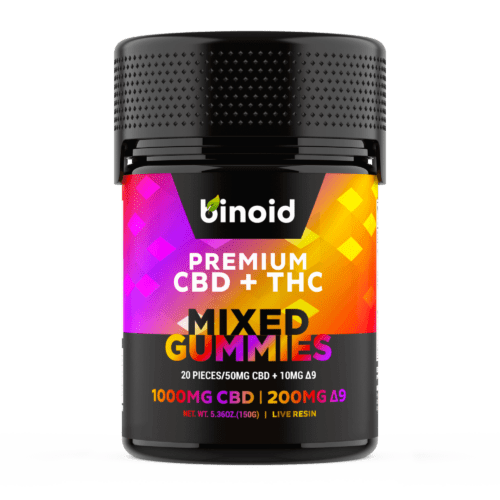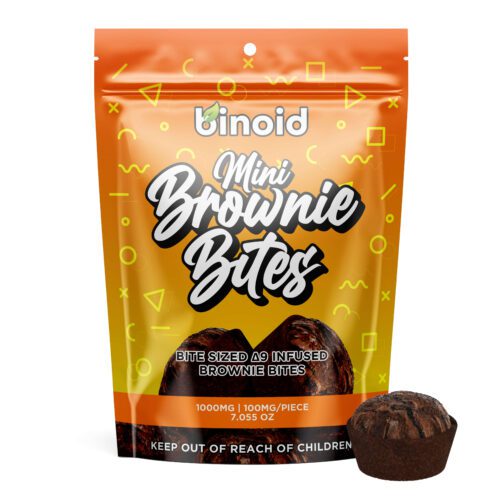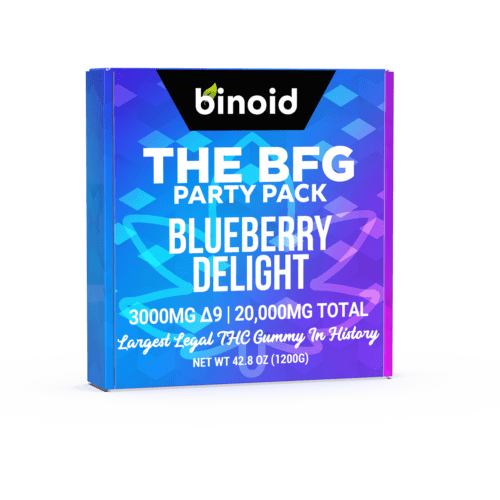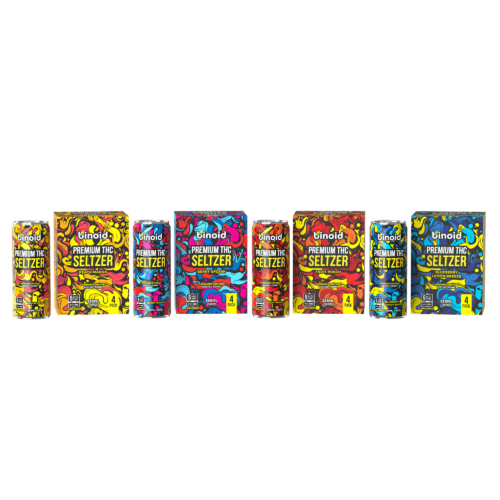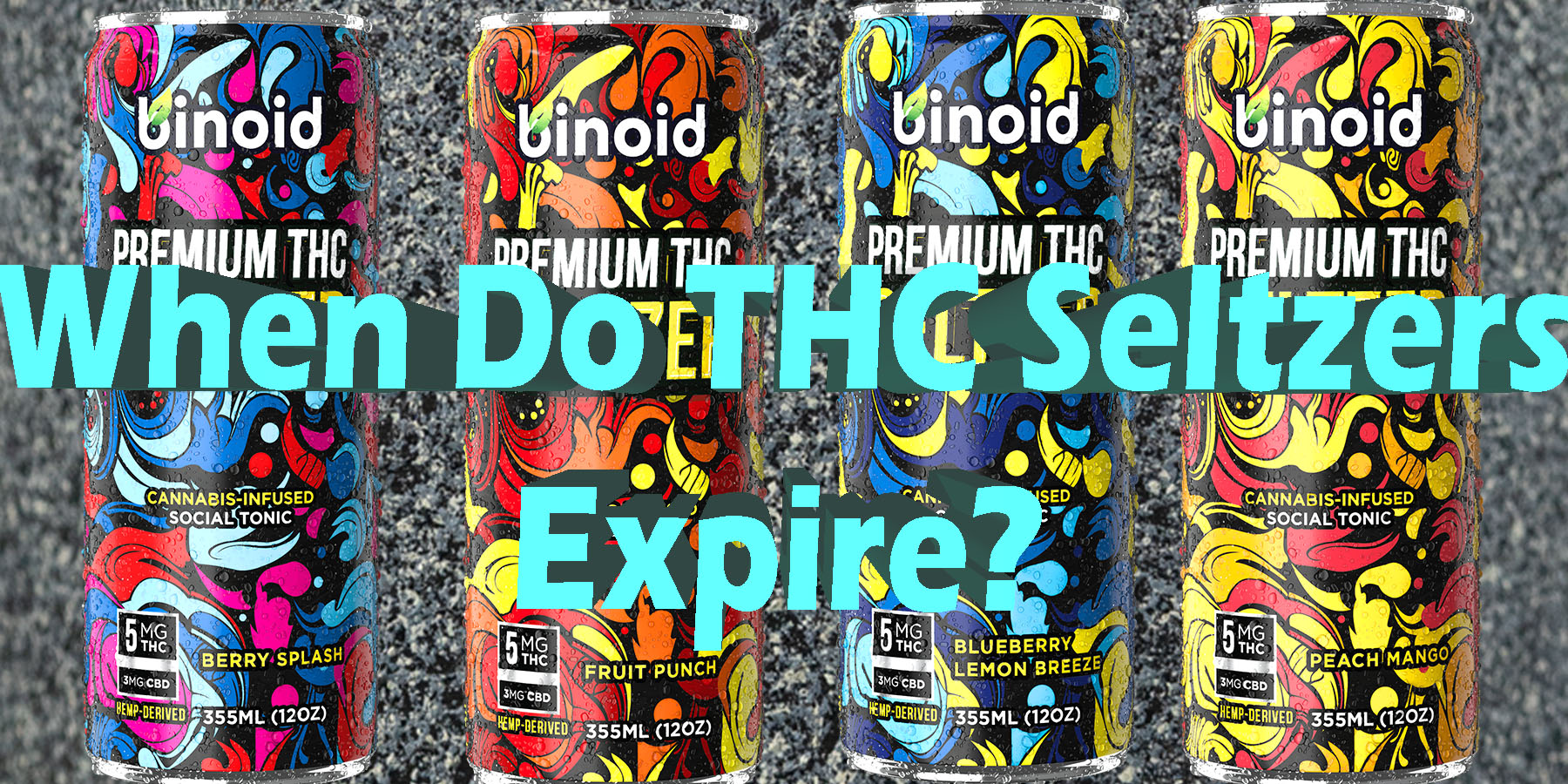
When Do THC Seltzers Expire?
The rise of cannabis-infused beverages has introduced a refreshing and approachable way for many to enjoy the effects of THC. Among the most popular of these are THC seltzers, offering a light, bubbly, and flavorful experience. As these canned concoctions find their way into refrigerators and coolers, a practical question naturally bubbles to the surface: do they have a shelf life? The idea of a beverage losing its fizz is familiar, but when the key ingredient is a cannabinoid, the concept of expiration takes on a new dimension.
It’s a query that touches on chemistry, food science, and the ultimate consumer experience. Understanding the longevity of these drinks isn’t just about avoiding a flat beverage; it’s about ensuring you get the consistent and enjoyable experience you expect from the moment you crack the tab. This isn’t a simple yes or no question, as the answer is intertwined with how the seltzer is made, stored, and even the can it comes in.
To Buy THC Seltzers Click Here
Recommended products
What are THC Seltzers?
At its core, a THC seltzer is a carbonated water beverage that has been infused with a specific dose of Tetrahydrocannabinol (THC) – the principal psychoactive compound found in the cannabis plant. Unlike other cannabis products, these are pre-packaged, ready-to-drink beverages designed for convenience and discretion. The THC itself is the cannabinoid responsible for the euphoric and relaxing sensations often associated with cannabis use. To create a stable and consistent product, manufacturers employ sophisticated infusion technologies.
Because THC is an oil-soluble compound and seltzer is water-based, simply mixing the two wouldn’t work. Instead, techniques like Nanoemulsion are used, which break the THC oil down into microscopic particles. These tiny droplets can then be evenly dispersed and suspended throughout the seltzer, ensuring that every sip, from the first to the last, delivers the intended amount of THC. This process is critical for a predictable and reliable experience for the consumer.
The effects of a THC seltzer can offer a unique journey compared to other forms of cannabis consumption. Because the THC is absorbed through the digestive system, the onset of its effects is typically more gradual than with inhalation, often taking anywhere from 30 minutes to over an hour to become noticeable. This slower climb can lead to a more mellow and sustained experience, often described as a gentle wave of bliss or a state of being happily chilled out.
The intensity and character of these effects depend heavily on the dosage, which is clearly labeled on the product, allowing individuals to select a potency that aligns with their desired experience. For many, this provides a feeling of control and moderation, making it an appealing option. The result is often a full-body relaxation and a light, euphoric head space that unfolds smoothly over several hours.
THC seltzers are crafted for a broad spectrum of adults seeking an alternative to traditional alcoholic beverages or other cannabis consumption methods. They appeal to the curious individual who wants to explore cannabis in a familiar, approachable format—almost everyone has had a seltzer before. They are also ideal for the social consumer who desires a sessionable, low-calorie drink they can enjoy over an evening without the after-effects associated with alcohol.
Furthermore, they cater to those who prioritize a smoke-free lifestyle and prefer a more discreet and precise way to enjoy THC. Whether it’s for unwinding after a long week, enhancing a social gathering with friends, or simply seeking a moment of personal euphoria, THC seltzers provide a versatile and modern option for a diverse audience.
Recommended products
So, Do All THC Seltzers Expire, and if So, When?
The question of whether THC seltzers expire isn’t as straightforward as checking for mold on a piece of bread. In the traditional sense of food spoilage, where harmful bacteria make a product unsafe to consume, most shelf-stable THC seltzers are quite resilient. Thanks to the preservatives and canning process, they are not prone to spoiling quickly. However, they absolutely do have a point at which their quality begins to decline. This is why you’ll typically see a “best-by” or “best before” date on the can or packaging rather than a strict “expiration” date. This date serves as a manufacturer’s guarantee that, up to that point, the product will retain its optimal flavor, fizziness, and, most importantly, its potency.
Generally, the accepted shelf life for an unopened THC seltzer is around nine months to a year from the date of manufacture. This time-frame isn’t arbitrary; it’s based on the stability of the core components of the beverage. While the water and flavoring agents are quite stable, the star of the show, THC, is a more delicate compound. Over time, the THC molecule will naturally degrade. This degradation process is a slow chemical transformation where the psychoactive THC converts into a different, much less potent cannabinoid called cannabinol (CBN). Therefore, the “best-by” date is primarily an indicator of potency, letting you know the period during which you can expect the full effects as advertised on the label.
Once you crack open that can, the clock starts ticking much faster, but not for reasons of immediate safety. The primary concerns after opening are the loss of carbonation and accelerated degradation due to exposure to the environment. An open seltzer will go flat, just like any other carbonated beverage, which can significantly diminish the sensory experience. More importantly, the introduction of oxygen begins to speed up the oxidation process, which contributes to the breakdown of THC and can also alter the flavors within the seltzer. For this reason, it’s always recommended to consume a THC seltzer shortly after opening it, ideally within a day or two, to enjoy it as the creators intended—full of fizz, flavor, and the desired potency.
Recommended products
What Factors Accelerate the Expiration Process?
The most significant factor in the degradation of a THC seltzer is its exposure to light. Specifically, ultraviolet (UV) rays, whether from direct sunlight or even some forms of indoor lighting, act as a powerful catalyst in the breakdown of THC. When light energy bombards the THC molecule, it provides the activation energy needed to convert it into CBN. This is why you’ll find that most THC seltzers are packaged in aluminum cans rather than clear or even colored glass bottles. The opaque nature of the can provides a complete barrier against light, effectively shielding the precious cannabinoids within from this primary source of degradation. Storing your seltzers in a dark place, like a pantry or cupboard, provides an extra layer of defense, ensuring the potency is preserved for as long as possible.
Heat is another formidable enemy of THC’s stability. Elevated temperatures accelerate chemical reactions, and the degradation of cannabinoids is no exception. Storing your THC seltzers in a hot environment—such as a car on a summer day, a garage, or next to a heat-producing appliance—will significantly shorten their effective lifespan. The heat encourages the THC to break down more rapidly, diminishing the beverage’s potency well before its printed best-by date. The ideal storage condition is a cool, temperature-stable environment. While refrigeration is an excellent option for both long-term storage and immediate enjoyment, a cool, dark pantry is perfectly sufficient to keep the degradation process at a slow crawl, maintaining the integrity of the product.
Oxygen is the third key element that contributes to the breakdown of THC in a seltzer. While a sealed can contains very little oxygen, the moment it’s opened, the contents are exposed to the air. Oxidation is a chemical process that affects countless products, from causing fruits to brown to making oils go rancid. In the case of THC, oxygen slowly transforms it into CBN, leading to a less potent product. This is why a day-old, half-finished can of seltzer might not deliver the same experience as a fresh one. While the effect isn’t instantaneous, it’s a tangible factor, especially over several hours or days, and it also impacts the delicate flavor profile of the beverage.
Finally, the quality of the packaging and the integrity of the can itself play a subtle but important role. While aluminum cans are excellent at blocking light, their internal liners are crucial for preventing interactions between the beverage and the metal. Reputable manufacturers use high-quality liners that are specifically designed to be inert and not react with or absorb the cannabinoids in the seltzer. A poorly designed liner could potentially scalp, or absorb, some of the THC from the liquid over time, leading to a less potent drink even if it has been stored perfectly. This is a testament to the science and quality control that goes into producing a stable and reliable THC-infused beverage.
Recommended products
Can You Still Have a THC Seltzer if It Expired?
Deciding to drink a THC seltzer that has passed its best-by date is generally not a matter of safety, but rather one of quality and expectation. Assuming the can is intact and the seltzer doesn’t contain any perishable ingredients like real dairy, it’s highly unlikely to have spoiled in a way that would make you sick. The “expiration” is about the degradation of the active ingredient and the overall sensory experience. The most noticeable difference will likely be a significant reduction in potency. The THC you were hoping for has had more time to convert into CBN, meaning the euphoric and uplifting effects will be substantially diminished. You might find the experience much more subdued and potentially more sedative than what you’d get from a fresh can.
Beyond the loss of potency, the flavor and fizziness are also likely to be compromised in an older seltzer. Over time, the carbonation can slowly escape even a sealed can, resulting in a beverage that is less effervescent or even completely flat. This can make the drink feel heavy and unappealing. Furthermore, the delicate flavor compounds, whether natural or artificial, can also break down or change over time. An expired seltzer might taste stale, off, or simply not as vibrant and refreshing as intended. The crisp, clean taste is a huge part of the seltzer experience, and drinking one past its prime might lead to a disappointing flavor journey.
Before you decide to consume a seltzer that’s past its date, it’s wise to give it a quick inspection. Check the can for any signs of damage, such as leaks, rust, or significant dents, which could indicate a compromised seal. When you open it, listen for that familiar hiss of carbonation. Pour it into a glass and observe its appearance. Is it cloudy when it should be clear? Does it have an unusual color or any floating particles? Finally, give it a sniff. If it has any off-putting or strange odors, it’s best to err on the side of caution and discard it. While spoilage is rare, it’s always better to trust your senses. If it looks, smells, and fizzes normally, it’s likely safe to drink, but you should temper your expectations regarding its effects and flavor.
Recommended products
Looks Like THC Seltzers Do Have an Expiration Date, But That’s Not Always a Bad Thing Either
Realizing that THC seltzers have a shelf life isn’t a drawback, but rather a sign of the quality ingredients used in their creation. It simply means the components responsible for the vibrant flavor and desired effects have a peak period of freshness. Think of the “best by” date not as a rigid deadline, but as a helpful suggestion from the maker to ensure you have the best possible experience. The whole point of reaching for one of these beverages is to tap into a specific feeling, whether it’s a wave of bliss or a perfectly chilled-out mood. That date on the can is just a simple way of protecting that experience from being diminished by time. It’s a small detail that helps guarantee your moment of enjoyment is as full-flavored and effective as it was meant to be.

